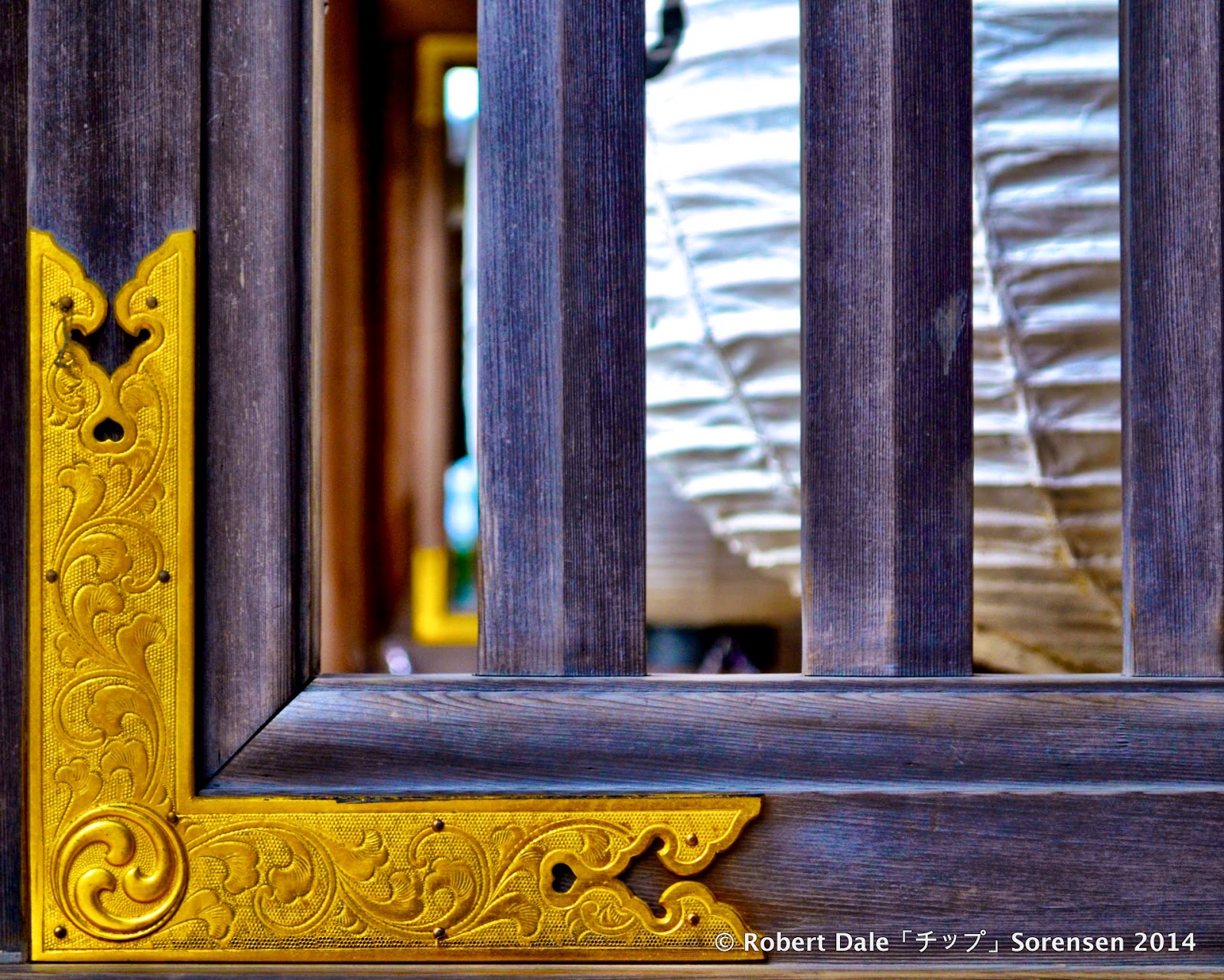寒川神社の八方除け。Shinto priest in traditional garb carrying a ritual purification wand (祓串: haraigushi) used to purify things presented in front of the kami.
Temizuya (手水舎) water fountain where visitors clean hand before praying or paying respect to the gods.
Omikuji (おみくじ) paper fortunes offering divination for learning the success of a particular undertaking.
Shinmon (神門) gate just outside the worship hall (拝殿: haiden) with two paper lanterns (提灯: chōchin) displaying the chrysanthemum emblem of the imperial family. The right to display the chrysanthemum emblem is limited to shrines where the emperor and empress, crown prince and crown princess, etc. make official visits.
In front of the shinmon (神門) gate just outside the worship hall (拝殿: haiden).
In front of the shinmon (神門) gate just outside the worship hall (拝殿: haiden) next to a paper lantern (提灯: chōchin).
In front of the shinmon (神門) gate just outside the worship hall (拝殿: haiden).
Standing lantern (行灯: andon) with inscribed stone in background.
Inscribed stone along the path (参道: sandō) approaching the shrine.
Standing lanterns (行灯: andon) along the path (参道: sandō) approaching the shrine.
Sign indicating that this tree was planted by a member of the imperial family.
Signs indicating that the two small trees were planted by members of the imperial family.
Koi (鯉) fish pond near entrance of shrine grounds.
Small waterfall flowing into the koi (鯉) fish pond near entrance of shrine grounds.
Pix4Japan by R.D.S. is licensed under a Creative Commons Attribution-NonCommercial-NoDerivatives 4.0 International License.















































